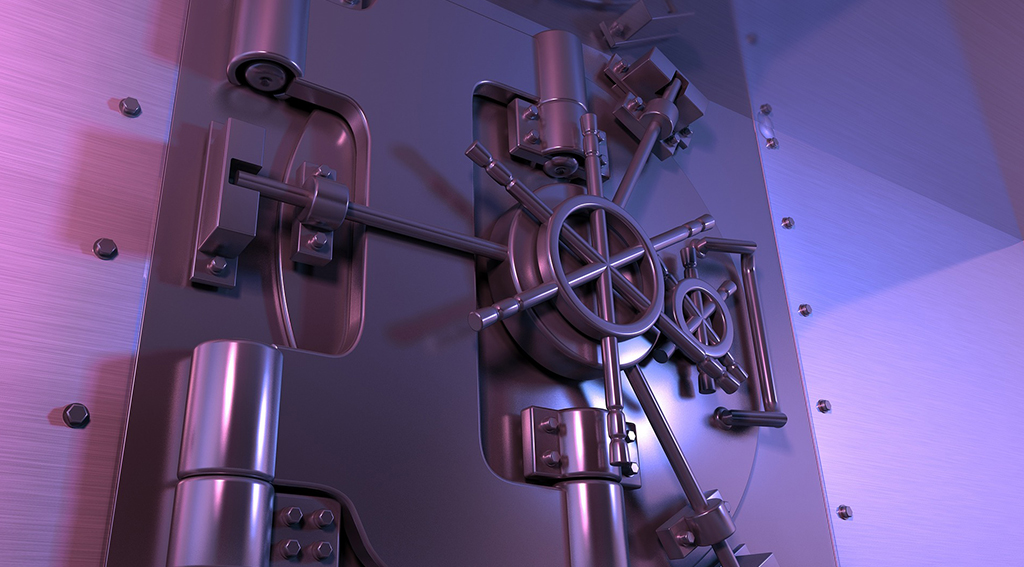Four Key Building Blocks for Institutional Grade Crypto Custody | Fintech Schweiz Digital Finance News
KPMG has released a new paper detailing what it believes are the four key building blocks for winning institutional grade crypto custody solutions, citing the need to provide next-generation security, be up-to-date with regulatory changes, gain third-party trust, and offer value-added services.
By integrating these building blocks into their strategies and offering, custodians of traditional assets and emerging crypto custody businesses will be “best positioned to meet institutional needs” and effectively “profit from the surge of investors entering the crypto waters,” KPMG says.
According to the paper, companies venturing into the crypto custody business must adopt leading cryptographic techniques to enhance the security and resiliency of custodied cryptoassets. They should also track emerging developments in cryptoasset security and develop the technical operational agility to quickly adopt new innovations.
On the compliance front, these companies should optimize processes through a unified program to comply with regulations, requirements and customer commitments. They must closely monitor regulatory changes across jurisdictions, which will allow them to be better prepared to strategically align their future compliance operations. It’s also key for them to proactively engage with legislators and regulators to facilitate learning, the report says.
Given the history of cryptoassets and their associated risks, it is critical for custodians to build third-party trust. This can be done by implementing and monitoring a control environment to achieve attestation and security standards.
Finally, they should focus on offering value-added services. A key for that is to keep pace with rapid technical changes that may drive new revenue opportunities and future competitive advantages, the report says.
 Crypto fraud, hacks on the rise
Crypto fraud, hacks on the rise
Since 2017, hacks and compromises of cryptoassets have resulted in at least in US$9.8 billion in losses at current valuations, implying that the market needs to improve how it secures cryptoassets for the US$245 billion industry to keep growing, according to KPMG.
In 2019 alone, losses from fraud, misappropriation of funds, exchange hacks and thefts added up to US$4.5 billion, according to CipherTrace’s Q4 2019 Cryptocurrency Anti-Money Laundering Report. US$370.7 million were lost in exchange thefts and hacks, and US$4.1 billion were lost from fraud and misappropriation of funds.
Notable recent hacks and compromises include Binance’s US$40 million hack in May 2019, Bithumb’s US$31 million hack in June 2018, and Coincheck’s US$500 million heist in January 2018.
Despite the numerous risks related to cryptoassets, several large financial institutions believe these are here to stay. In a research paper released in late-2019, Deutsche Bank said that while cryptocurrencies have so far been additions rather than substitutes to the global inventory of money, over the next decade, this situation may change.
“As we look to the decade ahead, it may not be surprising if a new and mainstream cryptocurrency were to unexpectedly emerge,” the bank said. “Some countries with historically-strong banking industries are trialing cryptocurrencies. Separately, cryptocurrencies may constitute the best tool for a digital war.”
According to the bank, crypto adoption could reach 200 million blockchain wallet users in 2030.
Featured image credit: Pixabay









Gloss